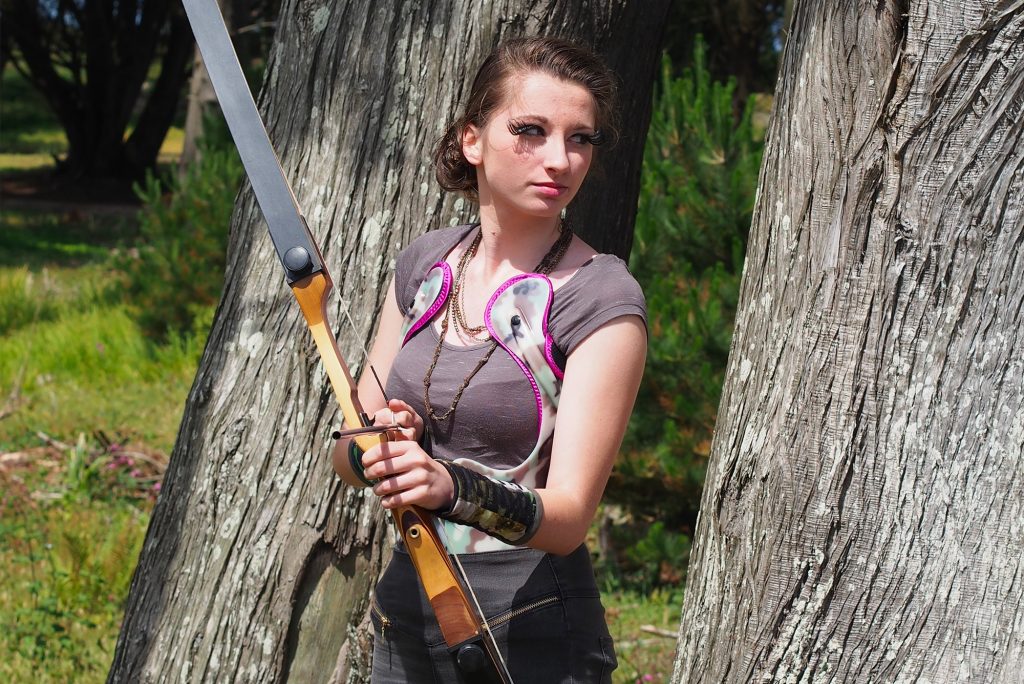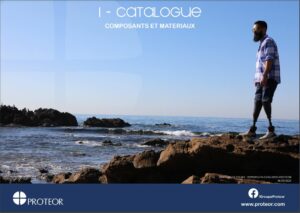Scoliosis
Reasons to choose a PROTEOR spinal orthosis
In France, PROTEOR is the specialist in medical devices for the human trunk. Our therapeutic protocols are based on more than 75 years of experience and are delivered by our orthotists who are experts in the treatment of scoliosis.
More than 30,000 users/year
More than 5,000 scoliosis braces produced/year
PROTEOR is well aware that adolescence can be a challenging period in any individual’s life, which can become even more complicated if you have to wear a spinal orthosis. For many years, PROTEOR has coordinated a number of initiatives set up to help young people get used to the idea of wearing a scoliosis brace.
PROTEOR has set up a website corset-scoliose.proteor.fr specially for young people who wear a spinal orthosis. This site hosts easy-to-watch educational videos about scoliosis, competitions, a discussion forum and resources designed to help brace wearers talk about the device with their friends and teachers.
Dedicated pages on social media
PROTEOR has also created Scolioado on Facebook and Instagram; pages set up specially for young wearers of a scoliosis brace. They feature advice, tips and plenty of photos and videos.
ScolioAdo magazine
When they receive their first scoliosis brace, young users will also be given a complimentary copy of the ScolioAdo magazine. This publication is full of useful information about scoliosis, advice from an occupational therapist about day-to-day mobility issues, interviews with users and games. Issue No.3 also features multimedia content that the reader can access by scanning the pages using the Snappress app
A graphic novel, “Lilou, 13 years old and a brace”
In 2019, PROTEOR created a graphic novel. This novel shows how young brace wearers can deconstruct how others view them and their “illness” to overcome this “disability” and live a normal life.
The aim of this graphic novel is to make wearing a brace feel less unusual and put the issue into perspective.
This graphic novel is on sale for €10 from the Proteor Shop and from our centers for orthopedics
Scolio’Créa days
Since 2013, numerous scoliosis-themed events have been organized. Their aim is to encourage young users to try out an activity that involves the brace and scoliosis such as improvisation theater, fashion shows, photo shoots, circus skills workshops or miscellaneous activities in a mobile resource center. These experiences let users meet others in a similar situation, and see that they are not alone in having to wear a brace. Parents and medical teams are invited to come along and see what the young people have achieved, and is an opportunity for them to discuss issues away from the usual, more formal setting of the consultation room.
Following on from the Scolio’Z Tour in 2017, PROTEOR has run, since 2019, a number of Scolio’ Créa day-long events during which young users can create a brace for Boom Boom the panda, play the Scolio’Z Game (a board game that combines scoliosis with graphic novels) and try the Immersive X’perience (that lets them customize braces using a virtual reality headset).
If you are interested in attending one of these events, mention it to your orthotist.
To find out more about the Scolio’Créa workshops: click here
PROTEOR has produced a collection of decorative designs (on transfer paper) for decorating scoliosis braces. We regularly work with artists to create contemporary designs. Following on from our collaboration with the Bensimon brand, we’re now working with Pokiha, an illustrator and tattoo artist, to produce an exclusive collection for our orthopedic equipment.
To find out more about the Pokiha collection: click here
We have also developed a free app that lets you customize a virtual brace, by selecting from the various transfer papers.
This app further encourages the acceptance of brace-wearing in young users by letting them choose the decorative design for their brace by experimenting with as many different combinations of transfer papers as they want. Once the user has selected a design from a brochure or from another presentation medium the app quickly and simply shows them the artwork they have created. (Google Play and App Store)
To access all the designs, enter the password “scolioado” when you first sign in! (Note: the password will only work if no upper case letters are used!)
Our network of more than 60 centers for orthopedics across France provides peace of mind whenever you are away from home in France. We can ensure that the monitoring of your orthopedic therapy is uninterrupted when you move house or encounter problems when away from home/on vacation (e.g. the need for replacement straps, bonding loose foam…).
Find the center for orthopedics nearest to you: click here
PROTEOR has set up a scientific committee made up of physicians, surgeons, orthotists and engineers to find better ways to identify and evaluate scoliosis and to develop the scoliosis braces of the future.
Our team of R&D engineers develop software specifically for orthotists to facilitate and improve the design of orthopedic spinal orthoses.
On a daily basis, PROTEOR orthotists use:
- Orten3DCam: fast, comfortable and accurate acquisition of the shape of the user’s back
- OrtenSmartist: rectification and simulation performed using software dedicated to scoliosis
- OrtenMake: efficient manufacture of spinal orthoses using our numerical milling machines
To find out more about Orten application software: click here
Our equipment solutions
The stages involved in providing a user with a scoliosis brace
Only a specialist physician, physical medicine & rehabilitation physician (PM&R), orthopedic surgeon or neurosurgeon can confirm the need for a scoliosis brace and prescribe it.
Once you have a prescription, you must make an appointment at one of our centers for orthopedics.
Find the center for orthopedics nearest to me: click here
During the first appointment, the orthotist will take time to explain the treatment provided by the scoliosis brace and answer any questions the user and other family members might have.
The orthotist will then capture a 3D image of the user’s back to ensure an optimal brace fit. This scan takes just a few minutes and does not cause any discomfort. No radiation is involved and there are no risks. The images will then be corrected to create the therapeutic scoliosis brace.
Some models may be customized, in which case the user can select a color or decorative design for the brace (e.g. denim or carbon-fiber effect, or even hearts…). The user can select the decorative design for the brace at this stage. To help the user choose the best design, PROTEOR has developed the My Proteor Design app which lets the user experiment and find the perfect customized artwork!
Before the therapeutic scoliosis brace can be manufactured, some administrative tasks may need to be completed which may require the following documents:
- A medical prescription detailing the specific characteristics of the equipment required
- Proof of health insurance (e.g. the Vitale card in France)
- X-rays
We draw up a request for authorization and complete all the other administrative formalities ready to be sent to the health insurer as soon as the user’s file is complete.
The time taken by insurers to get back to us varies (about 15 days) and may be longer for a first authorization since the user may be called in to attend a consultation about the equipment.
The scoliosis brace is made-to-measure by Proteor’s manufacturing process that embodies the group’s expertise and know-how.
The user’s 3D shape captured during the imaging appointment is corrected electronically by our orthotists using the OrtenSmartist simulation and design software for spinal orthoses, whose development was informed by the experience gained by PROTEOR. The software helps the orthotist calculate the appropriate corrective forces that the brace should apply and assists the orthotist in designing a unique product tailored to the needs of the user to ensure optimal results.
To find out more about the manufacture of spinal orthoses: click here
The manufactured brace is then fitted to the user so that it can be adjusted as required to provide the optimal level of comfort and correction. During this appointment, the orthotist will be able to answer any questions you might have.
Working with the medical team, the orthotist validates the suitability of the brace.
The orthotist will provide information about how to put on, clean and care for the brace and about the break-in period during which you will wear the device for longer periods each day. He or she will also answer any questions.
To find out more about how to put on a brace: click here
For the entire duration of the treatment, the orthotist will regularly check for any changes in body shape, growth, development of the pathology, etc. and will make any changes required to the brace.


